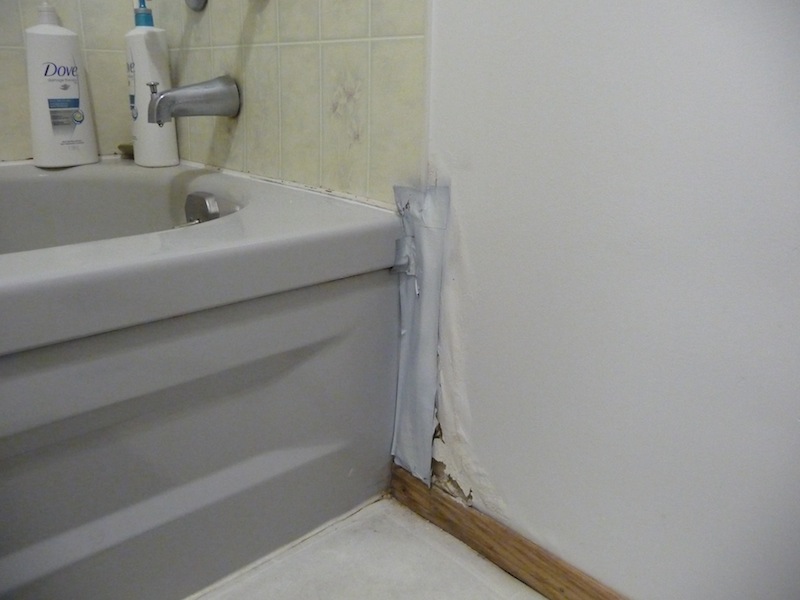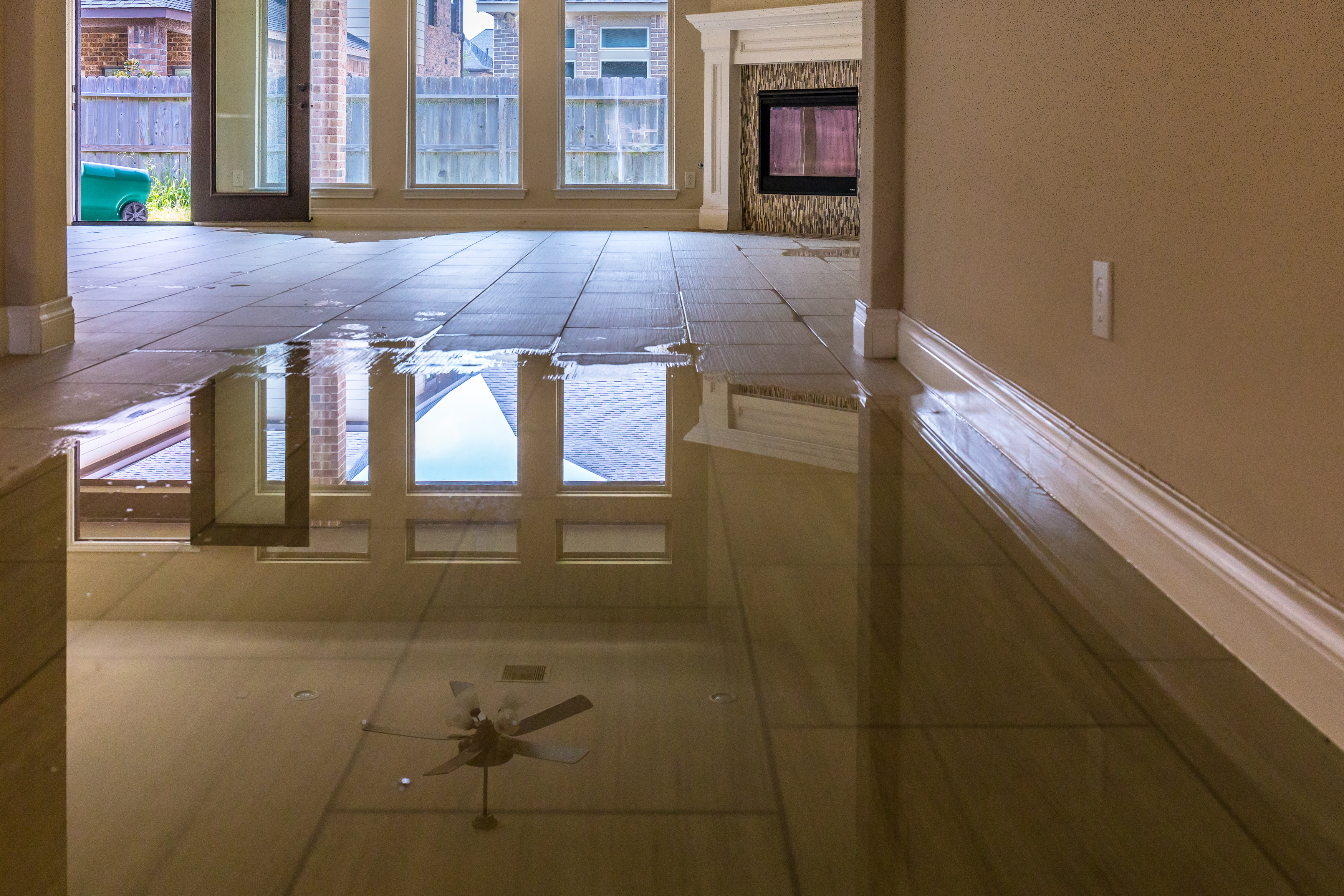Every person is bound to have their own individual rationale on the subject of Common Causes of Water Damage in a Bathroom.

The bathroom is extremely prone for wet accumulation and potential water damage as a result of the constant use of water in it. This post provides basic examination strategies to help finding water damage dangers.
The constant use of water in the shower room makes it exceptionally susceptible for damp buildup and prospective water damages. By evaluating it consistently, you can decrease water relevant problems.
The following collection of inspections is simple to execute and must be done when in every 3 months in order to keep your bathroom in good shape and also to prevent prospective water problems caused by the tub, the shower, pipeline joints and also plumbing, sinks, cabinets, and the commode
Do not neglect carrying out these examinations and be extensive while executing them. Keep in mind that these simple evaluations can conserve you a great deal of cash by giving very early indicators for water damages
Bath tub and Shower
The shower and tub need unique focus and maintenance. Examine the tiles as well as change if split. See to it that there is no missing grout between the ceramic tiles. Check and also replace split caulking at joints where the wall surfaces fulfill the flooring or the bath tub. Obstructed drains and pipes problems will avoid the tub from drying and may suggest significant troubles beneath the bathtub. Speak with a specialist promptly to stop architectural damages. Pay attention to discolorations or soft areas around the bathtub wall surfaces as they may suggest an interior leakage.
Plumbing
Signs for water damages are tough to identify since most pipelines are installed inside the walls.
Pay special attention to flooring and also wall surfaces moisture and stains as they may indicate an unseen plumbing issue. Inspect wetness degrees in adjacent spaces also.
Sinks as well as Cabinets
Sinks as well as cupboards are subjected to wetness and also moisture day-to-day as well as are commonly ignored. Check consistently under the sink as well as on the counter top above it. Repair any drip in the trap as it may recommend drainpipe issues. Browse the sink, sluggish draining pipes may indicate an obstructed drainpipe. Change sink seals if they are broken or loose.
The Bathroom
The bathroom is an at risk water junction. Inspect the water lines and also look for leakages around the bathroom seat, in the pipe, and under the water storage tank. If you spot any indicators of wetness on the floor around the commode, check for leakages in the toilet edge as well as storage tank seals.
Know that hanging toilet bowl deodorants enhances the opportunities for blockages.
Water Damage Signs In The Bathroom To Avoid Cleanup
Musty smell
This is one of the easiest signs to catch because musty smells are so odorous. The damp, earthy, moldy smell should be a big red flag. The smell will develop when moisture gets trapped in surfaces, and begins to facilitate mold growth. Leaking pipes under cabinets, inside walls, and behind shower fixtures will cause moisture to stay trapped and not dry, which will lead to mold growth and spread. As soon as you notice any musty smells in your bathroom, have it checked for hidden water damage and cleanup signs.
Visible mold
If the smell isn’t there to give it away, sometimes you will actually see mold growth. Finding mold in your bathroom is a serious problem, because mold is very harmful to your health. By the time mold growth is visible, it also means that water damage has already occurred and been present for some time. The only way the mold problem can be resolved is to find the source of the moisture and get it stopped. To safely and adequately remove mold, you need to have professionals handle the remediation. Do not waste any time in getting mold problems addressed, fixed, and sanitized so that you can protect you and your family from the many respiratory symptoms caused by mold exposure.
Damaged floors
Bathroom floors should be able to withstand some exposure to water while still remaining in good condition. However, when excess exposure or water leaks occur, they will begin to damage even the most water-resistant flooring. If you notice any cracking, bubbling, staining, or warping on your bathroom floors, there is probably a water leak somewhere causing the distortion. If you notice areas of the floor have become softer, or even have a spongy feeling, there is probably damage to the subfloor. Subflooring is typically made up of plywood. When plywood is exposed to water or moisture, it will absorb it. Once it has become saturated, the weight of the excess water will cause the wood to swell and soften. Check the floors in your bathroom frequently to catch any of these sings before they lead to damaged subflooring.
Changes on walls
When water leaks behind walls, it will cause changes in the drywall. Peeling plaster, blistering paint, and soggy wallpaper are all good indicators that excess water is building up behind the wall. Water leaking behind drywall will cause it to swell and be soft to the tough. If you start to notice gaps along the trim of your walls, or where tile meets the wall, it could also be a strong indicator that there is a leak behind the wall. Any changes, distortion, or damage on the walls should be evaluated as soon as you notice it to prevent further water damage and cleanup.

As an avid person who reads on Preventing Water Damage in the Bathroom, I think sharing that piece of content was a good idea. Kindly take the time to promote this entry if you liked it. Many thanks for your time. Please visit our website back soon.
Check Us Out
Comments on “How to Repair And Prevent Bathroom Water Damage”